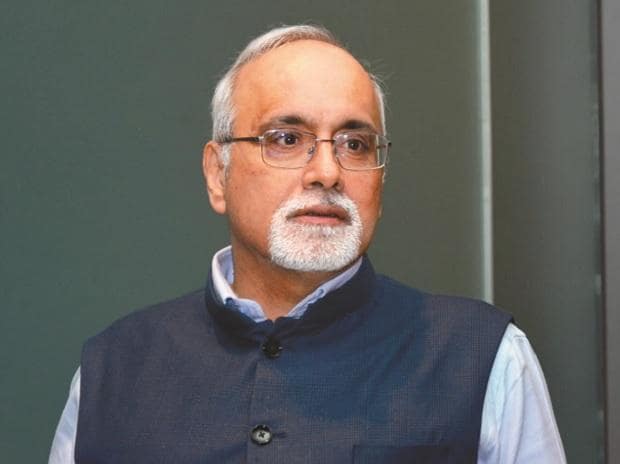[ad_1]
Rao, who was speaking at the Thrissur Management Association, said an emerging area of focus was to make finance available for transitioning to a low-carbon economy.
The Indian government, he added, has already committed to reduce the total projected carbon emissions till 2030 by one billion tonnes; reduce carbon intensity of the economy by more than 45 per cent by 2030; and achieve net-zero emissions by 2070.
The RBI has come out with a discussion paper on climate risk and sustainable finance, wherein it has said that to scale up lending for green finance, the central bank will seek to encourage lenders to set a board-approved voluntary funding target to increase green funding.
“But it is our firm belief that for the customers to enjoy the fruits of financial innovation, it has to be sustainable and within the realm of a sound regulatory framework,” he said. “Keeping this in mind, we have followed a nuanced and consultative approach with an aim to responsible innovation, while nudging the industry to adopt sustainable business practices.”
Banks are now tying up with fintechs for their technological prowess to provide better products and better serve their customers. In the post-pandemic world, while digital lending has picked up enormously in various ways, it has also given rise to a host of business conduct issues, Rao said.
On banking for all & MSME lending
“Financial inclusion needs to be redefined by developing bespoke products and services that are best suited to different strata of the society, depending upon their income level,” Rao said. “This shall include innovative solutions that make it easier for people to not only access basic but also use a variety of financial services.”
The deputy governor also asked Indian lenders to focus on the delivery of credit to micro, small and medium enterprises (MSMEs) because there has been this consistent gap between demand and supply of credit to MSMEs. The sector contributes around 30 per cent to India’s GDP, 45 per cent to its manufacturing output, and 48 per cent to exports. This has to be seen as an area of opportunity by the banks and other financial institutions, Rao said.
He added that credit decisions, which are informed by the availability of financial as well as alternative data, can revolutionise credit markets. The RBI has introduced the account aggregator framework in this regard and it is expected that the AA framework would accelerate the development of alternative lending models such as cash flow-based lending and marketplace lending or what is popularly known as peer-to-peer lending, he said. This would enable small businesses, including street vendors who may not have traditional collateral, to secure a loan.
[ad_2]
Source link



